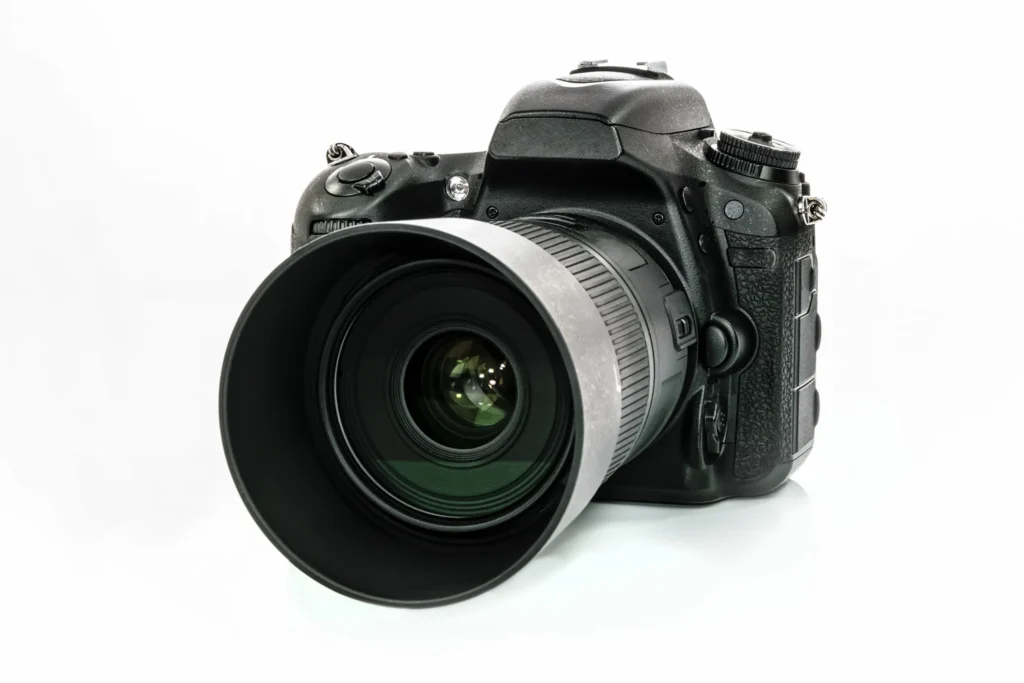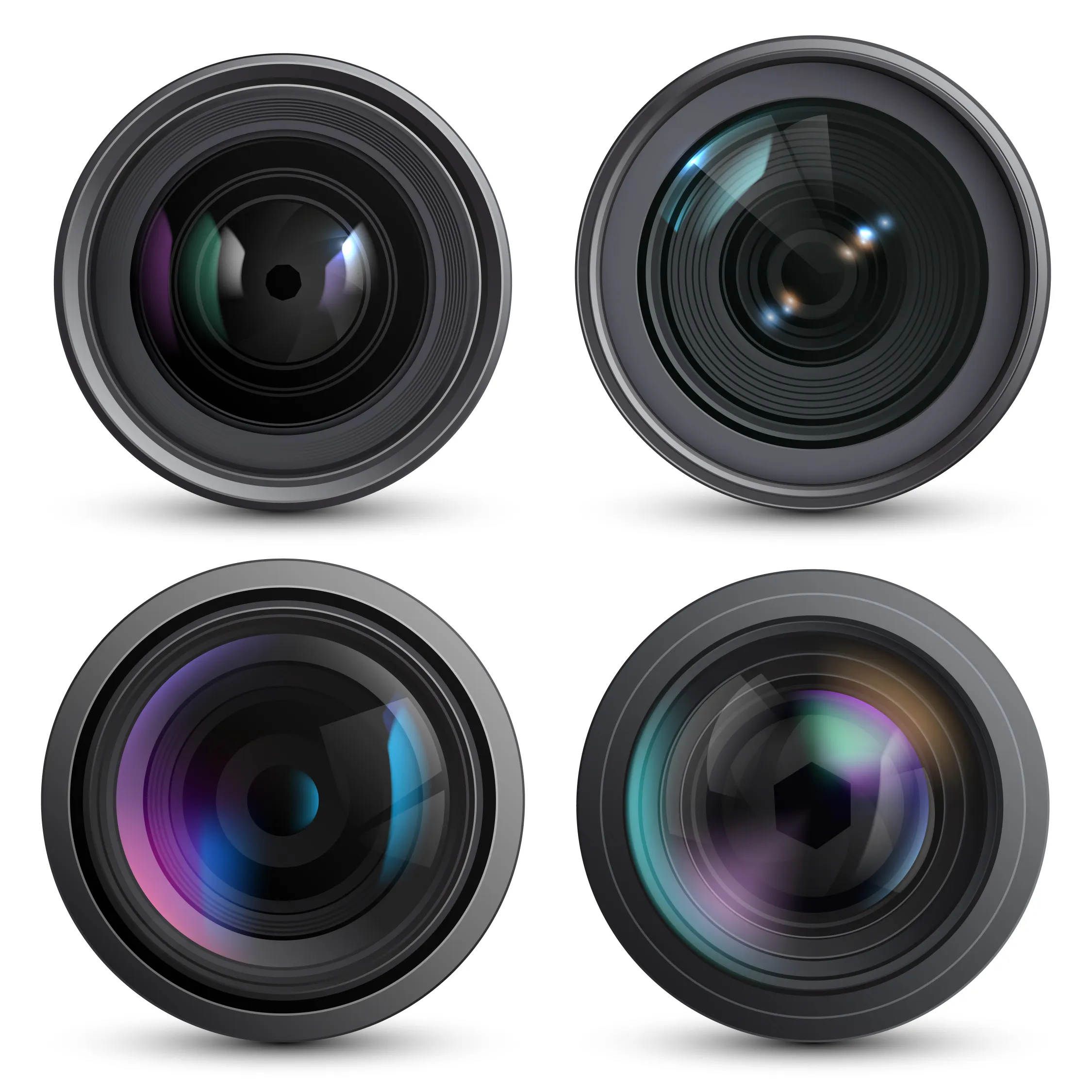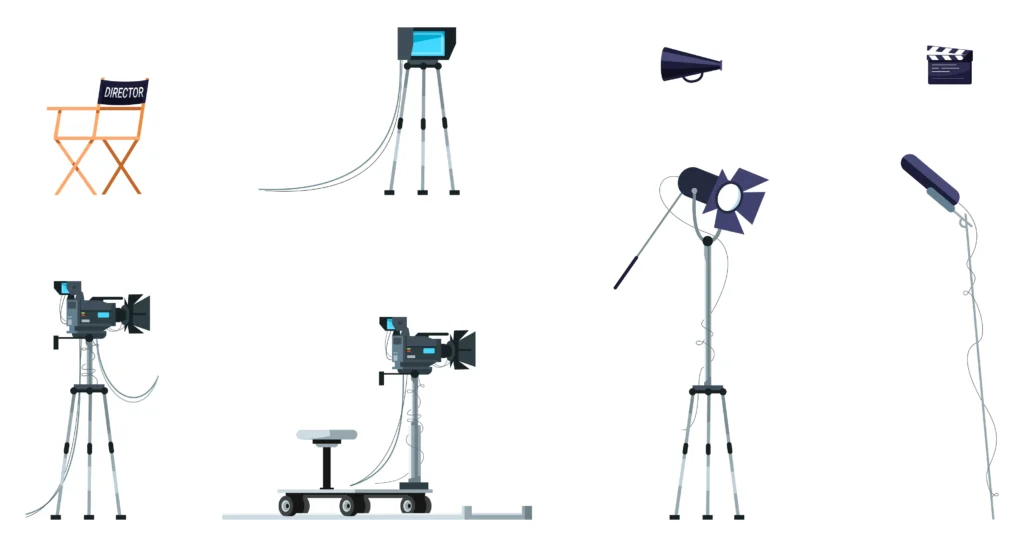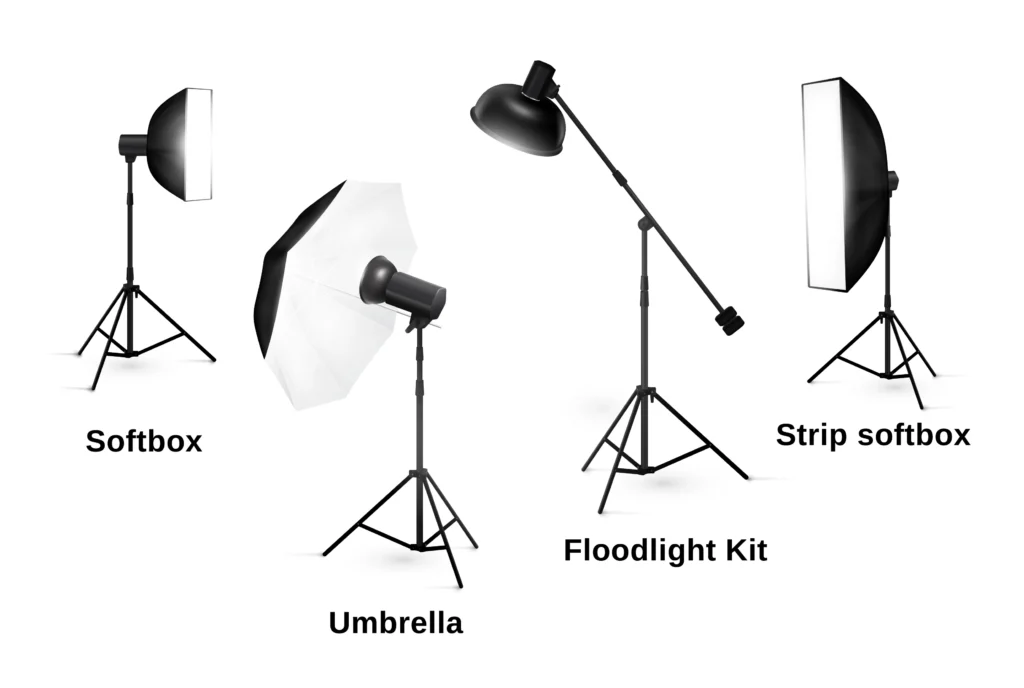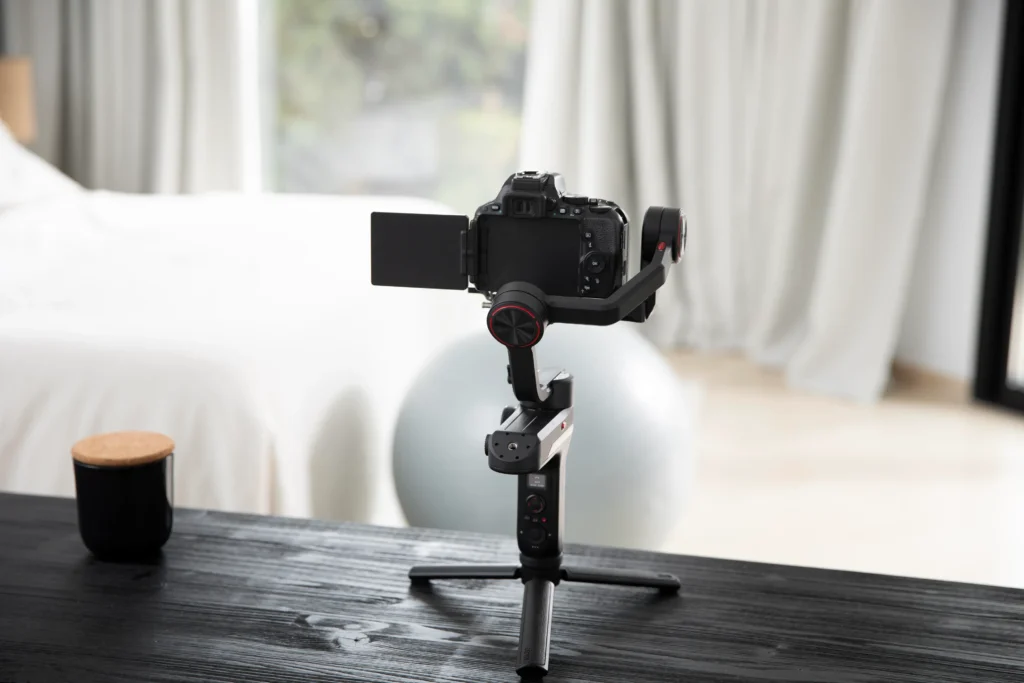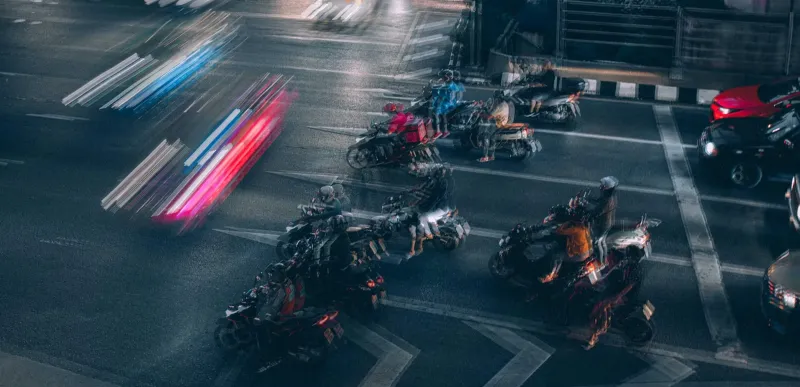Videography is the art of capturing moving images and creating visual stories that evoke emotions, entertain, and inspire. It goes beyond just recording videos; it’s about using your creativity, technical skills, and storytelling prowess to bring moments to life on the screen. Whether it’s a wedding, a travel adventure, or a simple everyday occurrence, videography allows you to transform ordinary moments into extraordinary memories.
In today’s digital age, where social media platforms are flooded with videos vying for attention, knowing how to create compelling and high-quality content is a valuable skill. Videography gives you the power to share your unique perspective, engage with your audience, and make a lasting impact through the medium of visuals. So grab your camera or smartphone, let your imagination run wild, and get ready to unleash the power of videography.
The location you choose can greatly impact the visual appeal of your videography. Look for places that align with your story and add depth and interest to your shots. Consider factors such as lighting conditions, background elements, and the overall atmosphere. Explore different environments, such as natural landscapes, urban settings, or specific venues, to find the perfect backdrop for your video. Keep in mind any necessary permissions or permits required for shooting in certain locations.
Once you arrive at your shooting location, experiment with different camera placements and framing techniques to create visually interesting compositions. Consider the rule of thirds and leading lines to guide the viewer’s eye. Play with perspectives, angles, and distances to add depth and variety to your shots. Don’t be afraid to get creative and explore unconventional camera positions, such as low to the ground or high above the subject. Each shot should be intentional and contribute to the overall story.
During the shoot, pay attention to capturing engaging footage that brings your story to life. Maintain stable and smooth camera movements, especially when using handheld shots. Take multiple takes and angles to ensure that you have enough material for editing. Experiment with different focal lengths, depths of field, and shutter speeds to create visual interest. Be mindful of sound quality and capture clear, well-balanced sound. Remember, each shot should serve a purpose and contribute to the overall narrative.
Camera movements can add visual interest and engage your audience. Start with the basics, such as pans (horizontal movement), tilts (vertical movement), and zooms (changing focal length). Gradually explore more advanced techniques, like dolly shots (moving the camera physically), crane shots (using a jib arm), or aerial shots (using drones). Smooth and controlled movements are crucial, so use tripods, gimbals, or sliders to stabilise your footage. Remember, camera movements should be purposeful, supporting the story or drawing attention to key elements.
Take your videography to the next level by experimenting with various shots and angles. Wide-angle shots can establish a sense of space and scale, while close-ups can capture emotions and details. Try low-angle shots for a sense of power or high-angle shots for vulnerability. Incorporate unique perspectives, such as a bird’s eye view or a worm’s eye view, to add a fresh and engaging visual perspective. Don’t be afraid to get creative and use unconventional angles to tell your story in a captivating way.
Good audio quality is essential for immersive and professional videography. While the visuals may be captivating, poor music videos can greatly diminish the overall impact of your videos. Invest in a high-quality external microphone that suits your shooting needs, whether it’s a shotgun microphone for capturing focused audio or a lavalier microphone for interviews and on-the-go recording. Position the microphone close to the sound source to minimise background noise and ensure a clear and crisp sound. Monitor audio levels throughout the shoot, avoiding clipping or distortion. In post-production, fine-tune your audio by adjusting levels, removing background noise, and adding enhancements to deliver a polished and immersive audio experience. Remember, clear and high-quality video can greatly enhance the storytelling and overall professionalism of your videography.
Before diving into the editing process, take the time to arrange your footage. Create a well-structured folder system and label your files clearly. This will make it easier to locate specific shots and save time during the editing process. Consider using video editing software that allows you to create bins or folders to keep your clips organised and easily accessible.
Video editing is all about storytelling. Start by reviewing your footage and identifying the key moments and story elements you want to highlight. Arrange your clips in a logical sequence that engages your audience and keeps them invested in the narrative. Use transitions, such as cuts, fades, or dissolves, to smoothly transition between shots and maintain a cohesive flow. Experiment with different pacing and rhythms to evoke the desired emotions and captivate your viewers.
Graphics and text elements can provide important information or add visual interest to your videos. Incorporate lower thirds to introduce people or provide context. Use text overlays to highlight key points or convey additional details. Experiment with typography, font styles, and animation effects to make your graphics visually appealing and easy to read. However, be mindful of not overwhelming your video with too many visuals or distracting elements.
Before exporting your final video, pay attention to the finer details. Review the entire video for any inconsistencies, errors, or unwanted artefacts. Make the necessary adjustments to ensure a seamless viewing experience. Add a professional-looking intro and outro to bookend your video. Consider adding end screens or calls to action to encourage viewer engagement or direct them to related content. Finally, export your video in the appropriate format, resolution, and aspect ratio for your intended platform.
Investing in a selection of lenses will expand your creative possibilities. A versatile zoom lens, such as a 24-70mm or 24-105mm, is ideal for capturing a range of shots. Additionally, prime lenses with wide apertures, like a 50-mm f/1.8 or 85-mm f/1.4, can deliver stunning depth of field and low-light capabilities.
A sturdy tripod is essential for achieving stable shots and smooth movements. Look for a tripod that can support the weight of your camera and offers features like adjustable height, a fluid head for precise panning and tilting, and quick-release plates for easy camera mounting.
Good audio is crucial for professional videography. Invest in a high-quality external microphone, such as a shotgun or lavalier microphone, to capture clear and crisp audio. Consider factors like directional sensitivity, wind noise reduction, and compatibility with a digital camera or audio recording device.
Lighting plays a significant role in setting the mood and enhancing the visual quality of your videos. Invest in a basic lighting kit that includes at least two softbox lights or LED panels. This will allow you to control the lighting conditions, eliminate shadows, and create a professional-looking aesthetic.
For even better video quality and flexibility, consider using an external recorder. It allows you to record video at higher bitrates and codecs, resulting in improved dynamic range and overall image quality. Popular options include the Atomos Ninja V or the Blackmagic Design Video Assist.
For smooth and cinematic camera movements, a gimbal or stabiliser is not invaluable. It helped eliminate camera shake and allowed you to capture steady shots while moving. Look for a gimbal that can support the weight of your camera and offers features like 3-axis stabilisation and intuitive controls.
As a professional videographer, you’ll generate a substantial amount of data. Invest in a reliable external hard drive with ample storage capacity to safely store your video tracks. Look for fast transfer speeds and durability to ensure the protection and accessibility of your valuable footage.
Proper exposure is critical for achieving well-balanced and visually appealing videos. Overexposed shots result in bright, washed-out areas, while underexposed shots appear dark and lack detail. To avoid this, monitor your exposure settings and make adjustments as needed. Utilise tools like histograms and zebras on your camera to help you accurately assess the exposure levels. Finding the right balance of light will bring out the details and enhance the overall visual quality of your video.
Pay attention to the background elements in your shots to avoid distractions that can draw the viewer’s attention away from the main subject. Look out for cluttered backgrounds, busy patterns, or objects that don’t contribute to the narrative. Simplify the composition by choosing clean and uncluttered backgrounds that usually complement the story you’re telling. Remember, a well-chosen background can enhance the impact of your videography, while a distracting one can detract from it.
Great visuals alone aren’t enough; clear and high-quality audio is equally important. Avoid common audio pitfalls such as background noise, wind interference, or muffled sound. Invest in a quality external microphone and position it close to the sound source to capture clear music. Monitor audio levels throughout the shoot and adjust as needed to prevent clipping or distortion. In post-production, fine-tune your video by removing background noise and enhancing clarity. Crystal-clear video will elevate the overall quality of your videography and create a more immersive experience for the audience.
Repeated shots or a lack of visual variety can make your videography feel monotonous and uninteresting. Avoid shooting the same angles, compositions, or perspectives repeatedly. Instead, experiment with different camera placements, focal lengths, and movement techniques to add variety and visual interest. Incorporate different shot sizes, such as wide shots, close-ups, and medium shots, to provide a dynamic visual experience. Varying your shots will engage your audience and keep them captivated throughout your video.
The Sony A7S III is a powerhouse when it comes to videography. With its exceptional low-light performance and impressive dynamic range, it allows you to capture stunning footage in any lighting condition. The camera boasts 4K video capabilities, offering high-resolution and sharp imagery. Its advanced autofocus system ensures precise tracking of subjects, while its image stabilisation technology helps achieve smooth and steady shots. Additionally, the A7S III offers a range of professional video features, including high-bitrate recording and customizable picture profiles, making it a top choice for serious videographers.
The Canon EOS R5 is a game-changer in the world of videography. It’s capable of shooting 8K raw video, providing exceptional detail and flexibility in post-production. With its advanced autofocus system, you can confidently track subjects with precision and accuracy. The camera’s in-body image stabilisation further enhances the quality of your footage by lowering camera shake. The EOS R5 also offers various shooting modes, including high frame rates for slow-motion capture. With its impressive video capabilities and reliable performance, the Canon EOS R5 is an ideal choice for those seeking professional-grade videography.
The Panasonic Lumix GH5 is a popular choice among videographers for its exceptional video features and versatility. It offers 4K video recording at high bitrates, allowing for sharp and detailed footage. The camera’s five-axis image stabilisation system ensures smooth and stable shots, even when shooting handheld. The GH5 also excels in slow-motion capture, providing various frame rate options for creative effects. With its durable build, extensive customization options, and professional-grade video capabilities, the Lumix GH5 is a reliable and powerful tool for videography enthusiasts.
The Blackmagic Pocket Cinema Camera 6K is a compact yet robust camera designed specifically for videography. It features a Super 35mm sensor that delivers stunning 6K resolution footage with impressive dynamic range and colour accuracy. The camera supports various professional video codecs and recording formats, including RAW, ProRes, and Blackmagic Raw. Its built-in touchscreen display allows for intuitive control and easy access to settings. With its cinema-quality video capabilities and affordable price point, the Pocket Cinema Camera 6K is a favourite among independent filmmakers and content creators.
